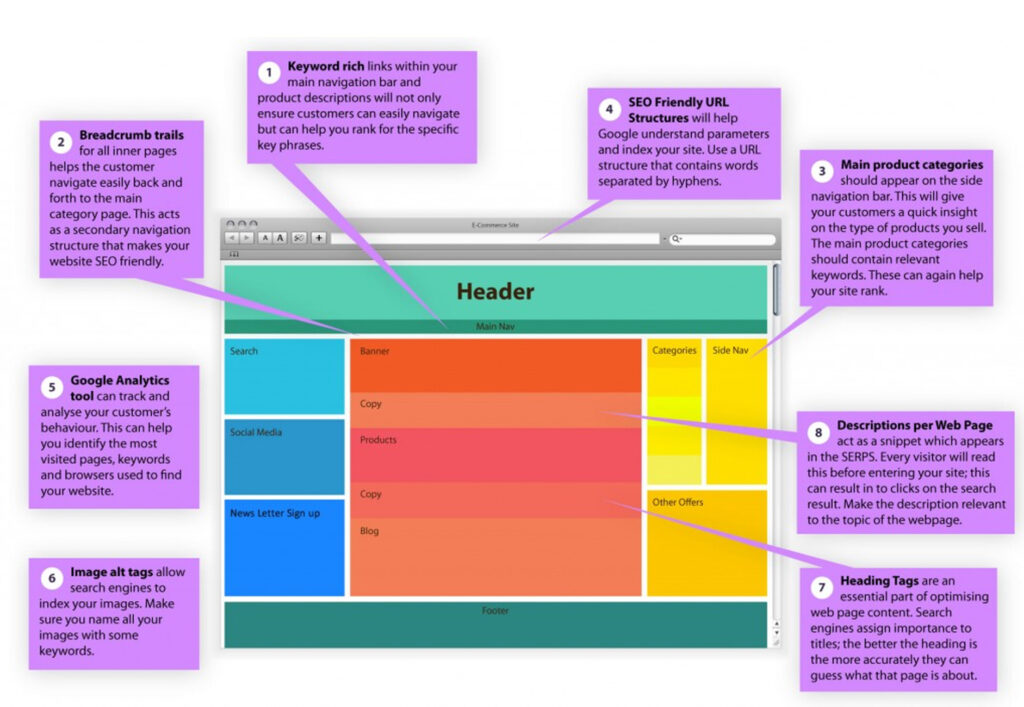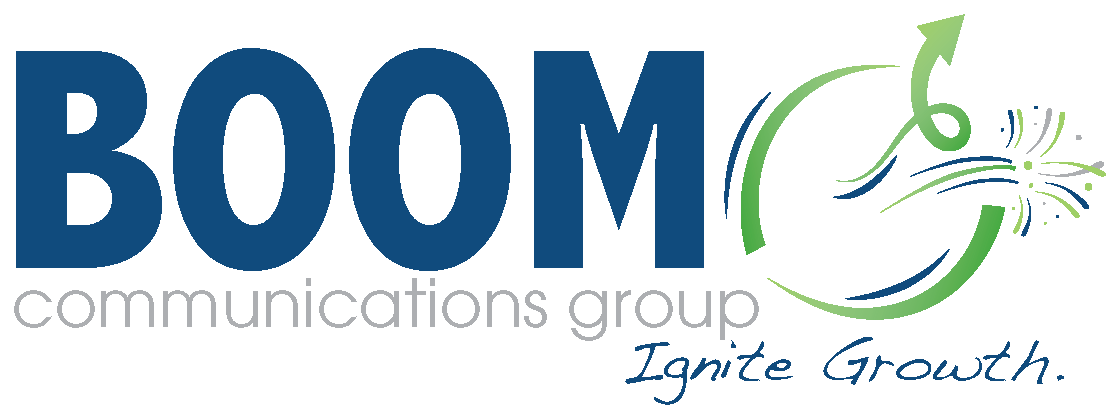
The 1-2-3 Guide to Getting Started with SEO
Online shoppers face countless solutions to their problems. Stand out in a crowded marketplace and generate more business by getting started with SEO.
Google receives more than 4.2 billion searches a day. To attract consumer attention, grow distribution, and increase advertising revenue, you must ensure that people see your business online. SEO helps you earn higher search engine ranking placement, increasing visibility and driving more website traffic. Once there, you can guide them through the sales funnel for higher conversions and continued growth. Getting started with SEO is an essential part of a successful digital marketing strategy.
Keep reading to learn the importance of SEO and how to get started with search engine optimization.
Key Takeaways
- SEO is the process of improving website quality to boost visibility.
- SEO helps you reach the right people and ensure your website is operating at peak performance.
- From knowing your audience to designing for mobile devices, getting started with SEO is easy in just five steps.
What Is SEO?
SEO (search engine optimization) is the process of improving the quality of your website to increase visibility when people conduct an online search for the solutions you provide. The goal of SEO is to:
- Align with user search keywords
- Provide a positive user experience
- Appeal to search engines and earn high SERPs
Search engines want to provide useful recommendations to their users. To do this, they scan and index information on websites so that they can quickly match them to relevant searches. When a site matches keywords, provides valuable content, or delivers value to visitors, search engines will reward those sites with high search engine rankings. This is important because 75% of online users don’t look past the first page of Google results. You want to earn those top placements to increase the likelihood that qualified leads will see your company name and visit your website for more information.
Increasing visibility in this way not only expands your reach but also helps you earn credibility, builds trust among your audience, and develops brand recognition. This leads to more site visits, more touch points with prospective customers, and more opportunities for closed sales.
Why Is SEO Important?
SEO has a far-reaching impact on your business as a whole. The process forces you to assess your online presence, ensuring your website performs at its best. With SEO, you’ll be able to identify:
- Broken links
- Outdated content
- Why people abandon their shopping carts
- Which content is engaging your audience
- Overall website functionality
Knowing which areas of your customer journey are successful and what needs improvement helps you deliver an outstanding customer experience. This helps you attract more leads and helps usher them through the conversion process more efficiently and effectively. Learn more about how SEO works and why it’s important in the following video:
Getting Started with SEO in 5 Steps
The key to successful SEO is understanding what your audience is looking for online and how they’re pursuing that information. Here are five steps to getting started with SEO to help drive traffic to your site and generate more revenue.
Step #1: Know Your Audience
Today’s customers want a personalized experience with tailored content that speaks directly to their problems. Know what your shoppers want by conducting audience research to understand who would benefit from your services. Demographics like age, gender, and location can help you target the right people with a message that resonates. Understanding search and purchase behavior can help you create effective materials you can deliver at the right time through the most effective channels. Develop buyer personas to understand your ideal customer, then target those people with relevant content.

Step #2: Identify High-Performing Keywords
Once you know your target audience, it’s important to know what words and phrases they use to find solutions like yours. When you know what your audience is searching for, you can create custom content that meets their unique needs. Keyword research can reveal trends in the magazine printing and newspaper printing industry that you can capitalize on for content topic ideas. As you craft your content, avoid keyword stuffing (cramming in as many keywords as you can for the sake of matching searches). This lack of value can cost you credibility, trust, and ranking placement opportunities.
Step #3: Create Tailored Content
When you create tailored content that meets specific needs, you connect with your audience and build a deeper relationship that can result in a higher customer lifetime value. Custom content helps to:
- Build loyalty
- Earn trust
- Drive traffic to your site
- Gain a positive reputation
Tailored content shows your audience that you’re in tune with what is important to them. When you consistently deliver valuable information that is useful and impactful, you establish yourself as a reliable source of information and, potentially, the answer to their problems. Strategic content marketing and custom content can help you grow page count and are important to get started with SEO.
Step #4: Assess Website Page Layout and Design
Delivering a positive user experience begins with a website that is user-friendly and easy to navigate. Shoppers expect a clean, organized layout with brief paragraphs that are easy to digest. Categorize Information under clearly labeled tabs. Call-to-action buttons help guide users through their customer journey, so place them prominently on the page in contrasting colors to stand out and catch the eye. Users want to find the information they’re looking for quickly and easily, and a well-designed, intentional layout can help achieve that goal.

Step #5: Design for Mobile
Today’s consumers conduct nearly 60% of online searches on a mobile device. To maximize your reach and cast the widest net, you must optimize your website for mobile. Everyone visiting your website should have the same quality experience, regardless of the device they use to access your information. Scale photos so they maintain their clarity and quality on any sized screen. Make sure to format text correctly so it isn’t breaking into awkward places. Design for a large touch area to minimize frustrations. A mobile-friendly site will help you reach a broader audience and boost sales potential.
Get Started with SEO Today
Whether you’re considering lowering the cost of doing business or want unique ideas to grow small newspaper revenue, BOOM Communications delivers advertising and marketing solutions to help you reach your goals.
Contact BOOM Communications today to learn how we can help you get started with SEO.
